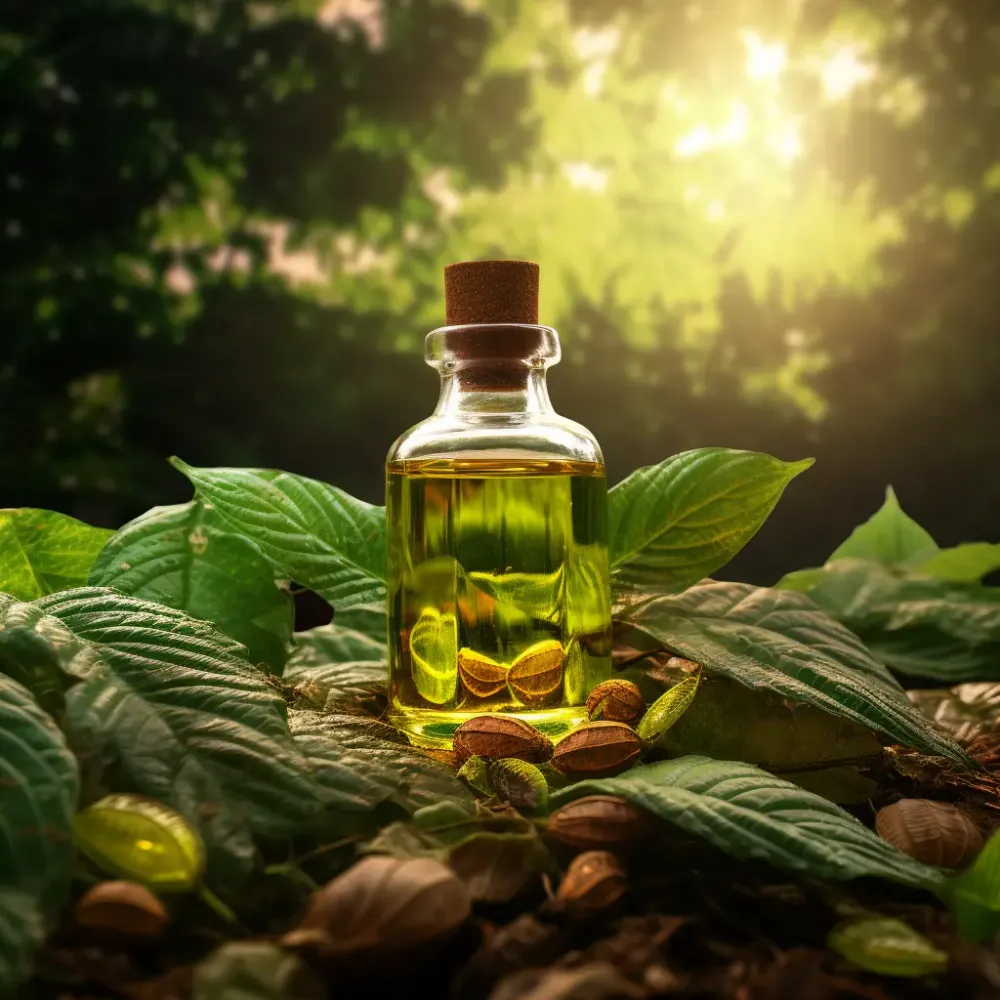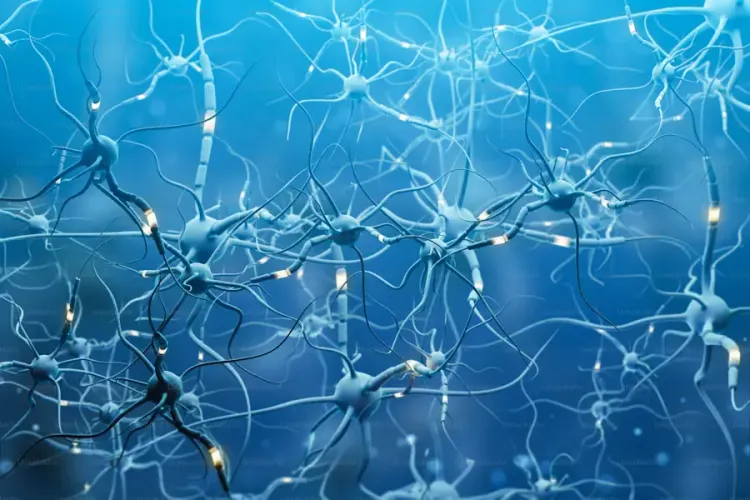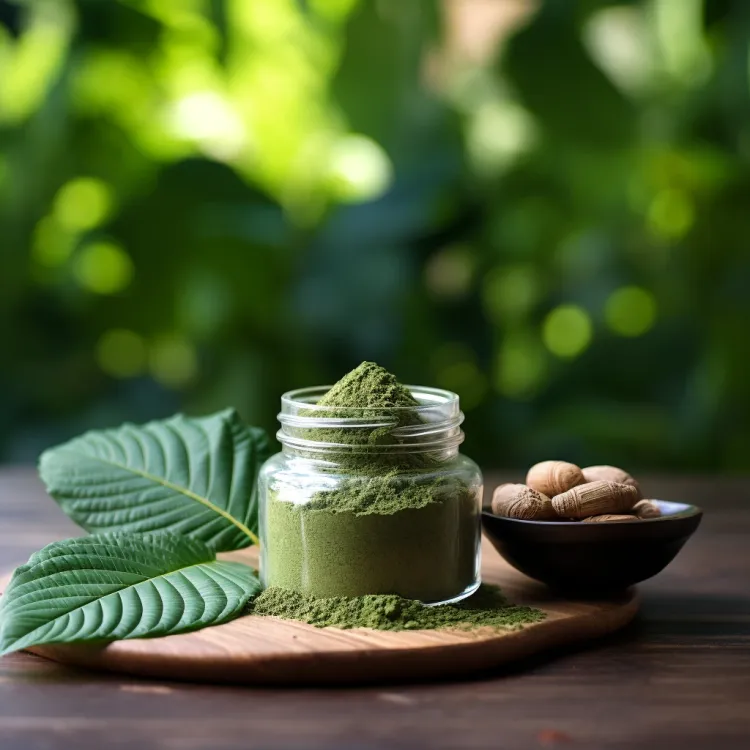Comparative Analysis of Kratom and CBD: Insights into Phytochemical Properties and Therapeutic Potential
CBD Oil 25-01-2024

The exploration of the benefits derived from Kratom and CBD necessitates delving into their extensive histories, intricate chemical compositions, and profound impacts on the human body. In this comparative analysis, we aim to provide insights into the historical and cultural backgrounds, plant chemistry, shared mechanisms within the endocannabinoid system, as well as the divergences in chemical makeup, sourcing, and usage between Kratom (mitragyna speciosa) and CBD (cannabidiol).
Phytohistorical Trajectories: Traditional and Cultural Contexts of Kratom and CBD
Kratom, originating from Southeast Asia, boasts a rich historical trajectory deeply entrenched in traditional practices. Revered for its analgesic, energizing, and mood-enhancing properties, Kratom has been utilized for generations. In contrast, CBD, extracted from cannabis plants, has transcended diverse continents and cultures, with documented medicinal applications dating back to ancient Chinese texts around 2737 BC.
Historical and Cultural Background
Kratom, deeply rooted in Southeast Asian cultures, has a longstanding history of providing pain relief, energy enhancement, and mood elevation. CBD, derived from the cannabis plant, has ancient roots dating back to Chinese texts, illustrating its multifaceted use in traditional medicine.
Plant Chemistry and Effects
Kratom, a tropical tree, harbors alkaloids such as mitragynine, giving rise to a spectrum of effects ranging from stimulation to relaxation based on dosage. CBD, a non-psychoactive compound from cannabis, interacts with the endocannabinoid system, bestowing anti-inflammatory benefits, pain relief, and anxiety mitigation. Understanding the plant chemistry is crucial for comprehending the diverse therapeutic potentials each substance holds.
Shared Mechanisms: Endocannabinoid System
Both Kratom and CBD interact with the endocannabinoid system (ECS), a complex network of receptors influencing mood, sleep, appetite, and pain perception. This shared interaction with the ECS implies potential overlapping benefits, especially in providing relief from chronic pain conditions, as reported by users.
Differences: Chemicals, Sourcing, and Usage
Kratom, from Southeast Asia, is technically a partial opioid agonist, while CBD, from hemp or cannabis, interacts with cannabinoid receptors. They also differ in how they’re used - Kratom as a powder or tea, CBD in various forms like oils, tinctures, edibles, and topicals.
Health Prospects and Considerations
Kratom shows promise for pain management with fewer side effects, potentially helpful for conditions like arthritis. On the other hand, CBD’s anti-inflammatory properties may hold potential benefits for individuals grappling with conditions such as multiple sclerosis or rheumatoid arthritis. As the scientific community continues to explore and understand these substances, their therapeutic landscapes may expand, offering novel approaches to managing various health conditions.



